
FINDING A SEAT AT
THE TABLE: PRESERVATION
AND SUSTAINABILITY
Richard Wagner
I t is extremely difficult to read anything today on the environment, culture, or economics without encountering some discussion of sustainability. The subject pervades advertisements, entertainment, and popular culture, as well as boardrooms of corporations, centers of higher education, and think tanks. To be sustainable is to be in step with societys desire to co-exist with nature. Not to be sustainable is considered old-fashioned and out-of-step. To many, sustainability is the issue of the twenty-first century. It suggests that we have finally realized that we can no longer continue to consume resources at an ever-expanding pace without causing irreparable damage to our planet.
Coinciding with the worldwide economic slowdown of the last two years, the push for sustainable living has intensified manyfold, including the practice of historic preservation. National preservation organizations and federal agencies place sustainability at the top of their agendas at meetings and conferences. Preservation architects have become concerned with making historic buildings sustainable, attempting to marry the Secretary of the Interiors Standards for Rehabilitation with the various green building-rating systems to garner tax credits for their clients. State and local preservation offices are concerned with meeting new standards of energy consumption and the rehabilitation of historic properties developed for their own jurisdictions.
Historic preservation, particularly in the United States, is a relative newcomer to sustainability. On the other hand, the conservation movement in this country and abroad has a long tradition of concern for the effect of human activity on the environment. Demographers, environmental scientists, and even economists have examined the effects of growth on natural resources for well over three hundred years. In the eighteenth century, the Reverend Thomas Malthus was concerned that the population growth fueled by the beginnings of the Industrial Revolution would outstrip humanitys ability to feed itself. In fact as long ago as ancient Rome, writers speculated on the ability of the planet to support the growing population: We have become a burden to our planet. Resources are scarce and soon nature will no longer be able to satisfy our needs.
Origins of the Modern Sustainability Movement
Many trace the birth of the sustainability movement to 2004 when Al Gore presented his slide show on global warming at the premier of Roland Emmerichs film, The Day After Tomorrow, which depicted a new ice age caused by the effects of global warming. Gore, a former senator and vice president, had long been interested in environmental issues. Emmerichs film, which grossed over one-half billion dollars worldwide, gave popular voice to that concern. Within two years, Gore had produced his own, more serious film, An Inconvenient Truth, which engendered enormous interest throughout the world in climate change and its effects on our environment.
While these two films can be seen as raising the awareness of the general population on global environmental issues, scholars and diplomats often trace the current interest in sustainability to the Kyoto Protocols. Named for the 1997 host city of the United Nations Framework Convention on Climate Change, the objectives of the Protocols was to develop binding agreements to reduce greenhouse gases by industrialized countries, while allowing non-industrial countries to increase emissions, and thus be able to grow economically. Thus the Protocols explicitly recognized the link between economic growth and increased consumption of energy resources. To balance global growth between the industrialized and emerging countries, the Protocols popularized the concept of carbon cap-and-trade, which attempts to establish an economic value for a carbon credit. The goal is to use market forces to eventually drive commercial enterprises toward sustainable practices.
In effect, a carbon credit market attempts to create a framework to equate emissions to a monetary value that is subject to supply-and-demand, potentially creating a market far larger than the worlds stock exchanges or futures markets. As William Nordhaus has pointed out, the carbon credit market will become effective when the price of a carbon credit is high enough to alter economic behavior. He suggested that if the price of carbon credits was high enough to attract significant trading, it would achieve a number of goals. First, it would provide consumers with knowledge about what goods and services are high in carbon content, which would cost more than those with low carbon footprints. Second, a high carbon cost for goods and services would provide producers with incentives to move from sources of energy high in carbon, such as coal or oil, to less expensive ones, such as wind or nuclear power. Third, the higher the price of a carbon credit, the more economic stimulus this would provide to create lower carbon products and processes. Finally, Nordhaus suggests that a carbon price of $30 per metric ton would be necessary to jump-start the carbon credit markets, which in turn would fuel new technological and economic expansion.
An alternative to trading in carbon credits, with its reliance on market forces and its susceptibity to fluctuations in price (favored by the Kyoto Protocols) is a tax on the consumption of carbon. Backed by Vice President Al Gore, this proposal was thought to contribute to the Democrats losing seats in both the House and Senate during the following years by-election.
The birth of the sustainability movement also has its roots in the so-called oil crisis of the 1970s. In early October 1973, Egypt and Syria launched coordinated attacks on Israel on Yom Kippur, the holiest day of the Jewish year. In mid-October, in response to aid provided Israel by the United States and Western Europe, the Organization of Petroleum Exporting Countries (OPEC) voted to cut production, triggering oil and gas shortages in many countries. That measure, in turn, gave rise to a number of ideas and programs to cut energy consumption, including the Emergency Highway Energy Conservation Act (1974), which reduced maximum speeds on federal or federally funded highways to 55 mph (1974), Corporate Average Fuel Economy (CAFE) Standards for automobiles (1975), and the Energy Policy and Conservation Act (1975), which set the first energy consumption standards for appliances and led to formation of the U.S. Department of Energy (1977).
In the same year as the Yom Kippur War, a well respected but little known British economist published Small Is Beautiful: Economics As If People Mattered. In it, Ernst Fredrich (E. F.) Schumacher, the recently retired chief economic advisor to the U.K. National Coal Board, argued that modern economic growth was ultimately unsustainable since it treated natural resources as income rather than capital. He made economic arguments supporting a number of popular movements of the time, including the back-to-the-earth movement of the late 1960s, and transferring technologies from the first to the third world, as the industrial west and undeveloped countries were then known. He also attacked the notion that big was better, substituting the concept that cottage industries were the best way to ensure our long-term future.
The year before Small Is Beautiful and the Yom Kippur War, the Club of Rome published The Limits to Growth, which warned of the effects of unrestrained growth on the earths resources. The authors of The Limits to Growth admitted that the inputs to the model, particularly the nature and extent of global natural resources, were only estimates. Nonetheless, the outcomes were presented as a mathematical model of the effects of the worlds growing populations on natural resources. However, because of the inexact nature of the inputs, a number of thoughtful criticisms of the model were published in scholarly journals and the popular press. Most of the critiques complained that the model included exponential growth in world population and pollution, but did not account for technological innovation and the discovery of new resources to accommodate that growth.


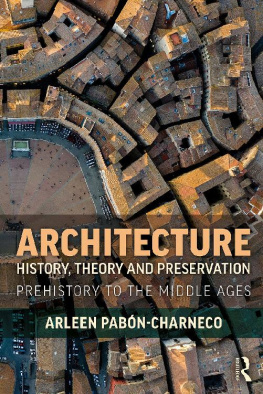

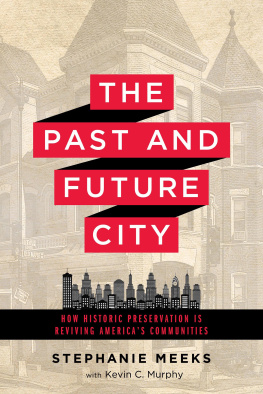
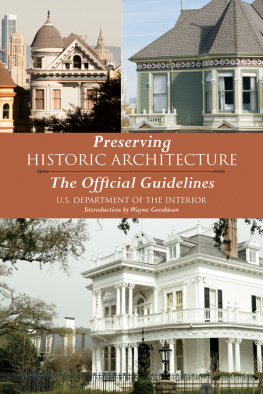
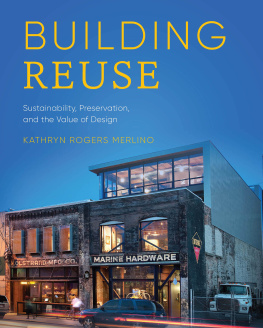
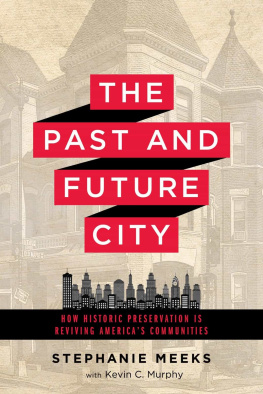
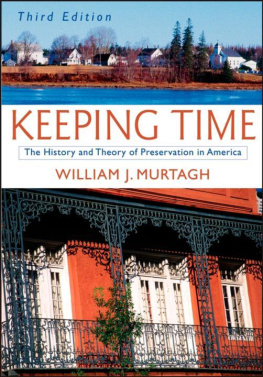
 FINDING A SEAT AT
FINDING A SEAT AT